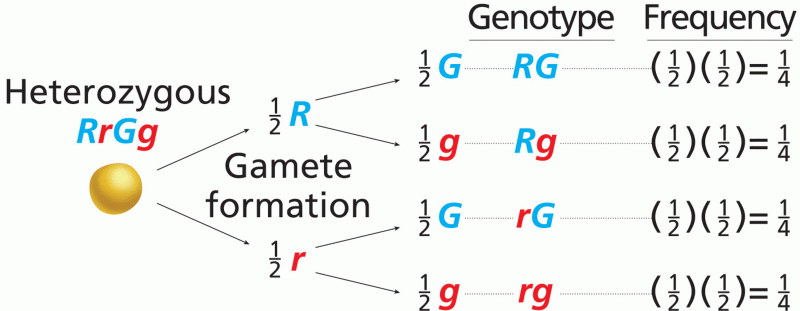Answer to Question 1
C
Answer to Question 2
China's contributions to science and the arts are immense, shaping world history. During the Han era, achievements ranged from the literary and artistic to the domains of cartography,medicine, mathematics, and astronomy. The invention of paper, block printing, the seismograph, the crossbow, the horse collar, the magnetic compass, and the wheelbarrow are but a few of the technological advances of the late Han era.
Perhaps the most famous example of Chinese technology and architecture is the Great Wall. Built to discourage invasion, the roughly 3,000-mile-long Great Wall, stretched from northeast to northwest China. This spectacular feat of engineering required the labor of some 700,000 people.
Poems of the Han era originated as written worksa circumstance that may have been encouraged by the Chinese invention of paper. Chinese poetry is striking in its simplicity and its refinement. Humanism and common sense are fundamental to Han poetic expression, and Han verse seems to have played an indispensable part in everyday life. Han poetry does not so much glorify individual prowess or valorous achievement as it meditates on human experience. It is personal and intimate rather than moralizing and eulogistic. Even in cases where the poem is the medium for social or political complaint, it is more a mirror of the poet's mood than a vehicle of instruction.
The Chinese practice of feng shui,with which one seeks to adjust the physical environment in accordance with the five elements, universal energy (qi), and balance (yin/yang), is still used today across the world.







